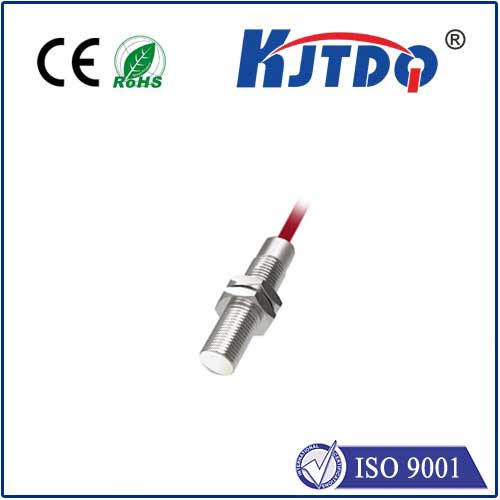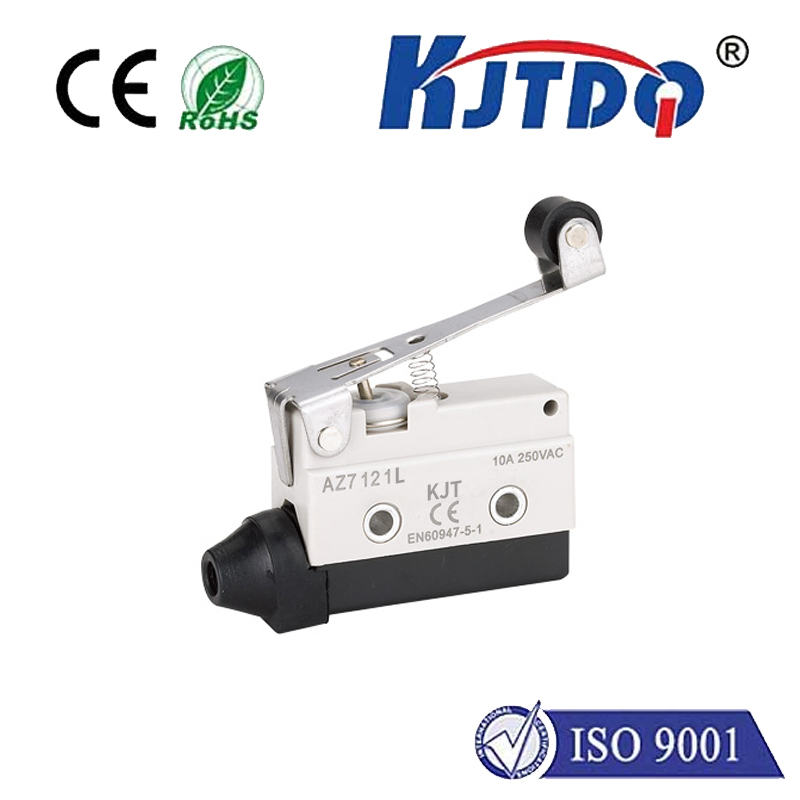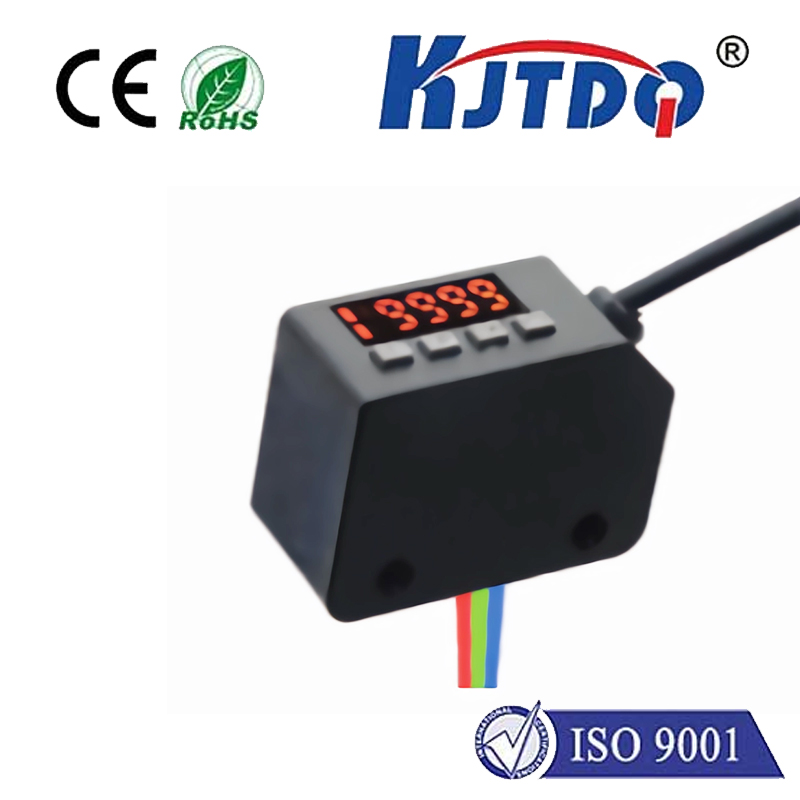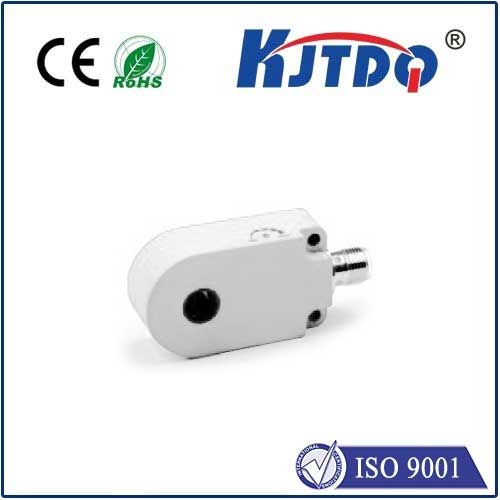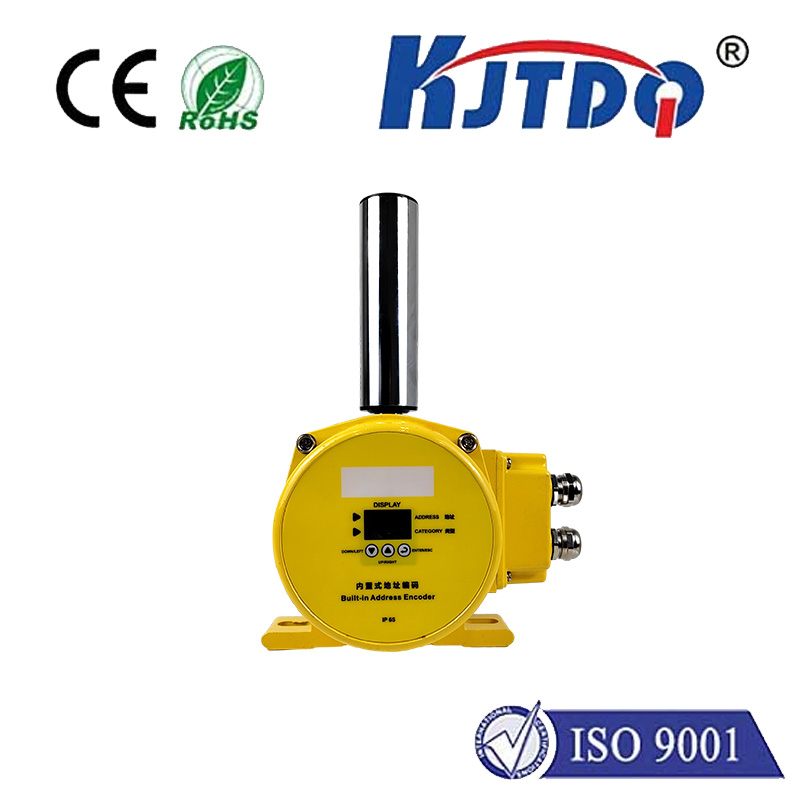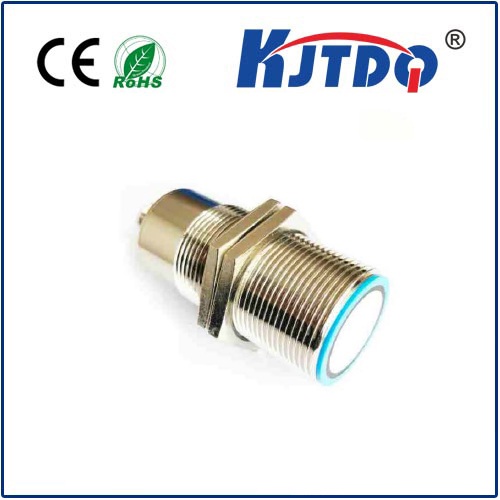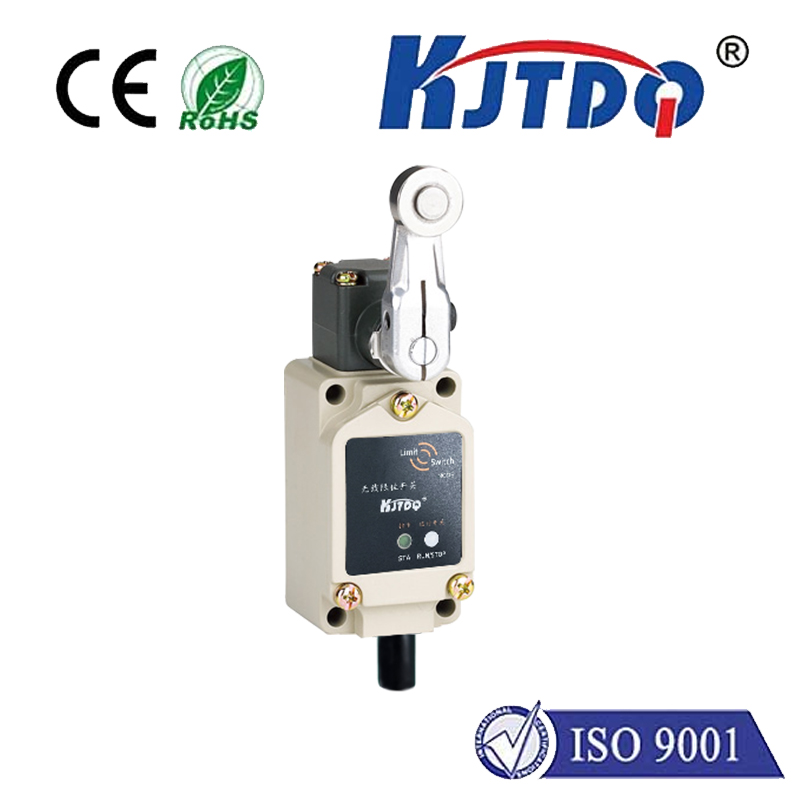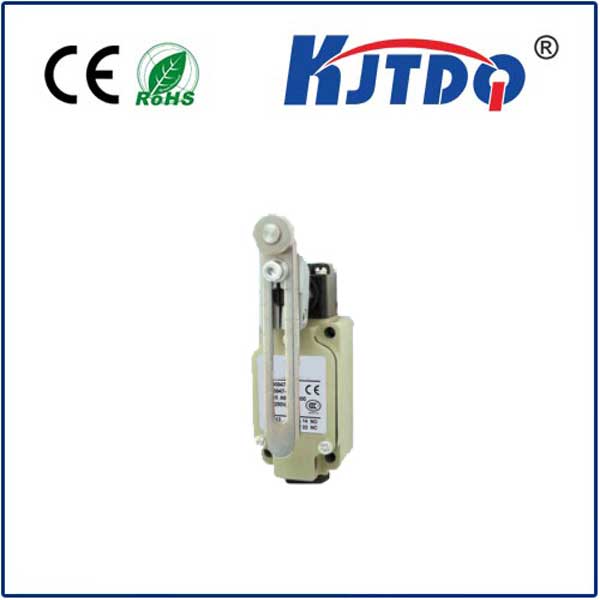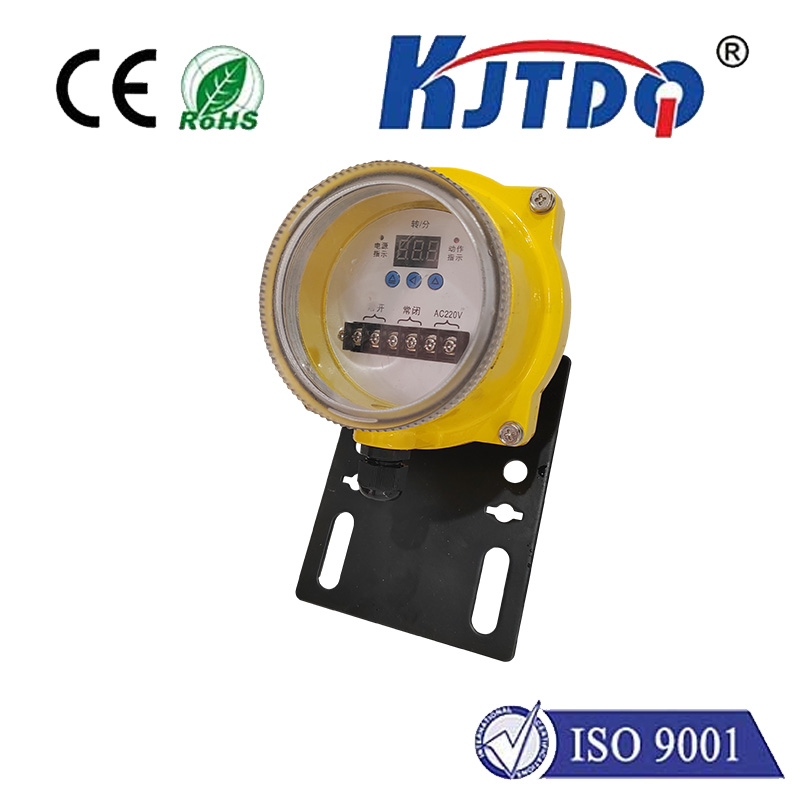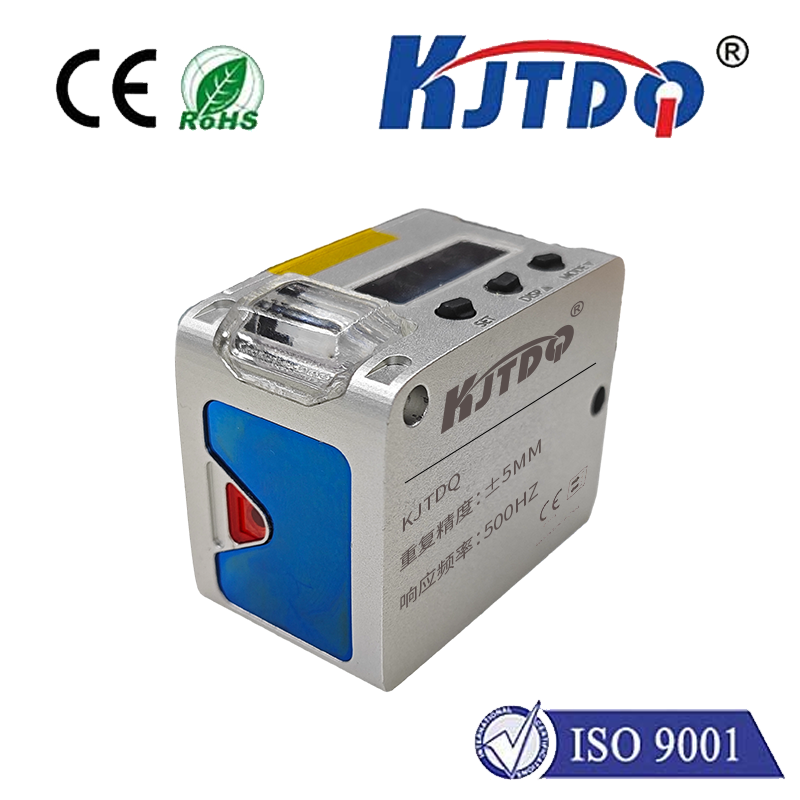

check

check

check

check

check

check

check

check

check

check

Title: High Temperature Capacitive Sensor: The Future of Temperature Measurement In the world of temperature measurement, there are many types of sensors available on the market. However, one type that stands out from the rest is the high temperature capacitive sensor. This innovative sensor has revolutionized the way we measure temperature in extreme environments, making it an essential tool for industries such as aerospace, automotive, and manufacturing. In this article, we will explore what makes high temperature capacitive sensors so special and how they work. A high temperature capacitive sensor is a type of capacitive sensor that is designed to withstand extremely high temperatures. Unlike traditional capacitive sensors, which can only operate at low temperatures, high temperature capacitive sensors can function effectively in environments where temperatures exceed 1000 degrees Celsius. This makes them ideal for use in industries that require precise temperature measurements in extreme conditions. The key to the high temperature capacitive sensor’s ability to withstand such high temperatures lies in its unique design. The sensor features a special ceramic material that is capable of withstanding extreme temperatures without losing its electrical properties. This material is used to create a capacitor, which is then integrated into the sensor’s circuitry. The capacitor’s ability to store and release energy allows the sensor to accurately measure temperature changes, even in the most challenging environments. One of the advantages of using a high temperature capacitive sensor is its accuracy. Because the sensor is capable of withstanding extreme temperatures, it can provide highly accurate temperature measurements, even in situations where other types of sensors would fail. This makes it an ideal choice for applications that require precise temperature control, such as in the aerospace industry or in the制造 of semiconductors. Another advantage of high temperature capacitive sensors is their durability. Due to their unique design, these sensors are less likely to be damaged by exposure to extreme temperatures or harsh environmental conditions. This means that they can last longer than traditional capacitive sensors, reducing maintenance costs and downtime associated with replacing damaged sensors. In conclusion, high temperature capacitive sensors are revolutionizing the way we measure temperature in extreme environments. With their ability to withstand temperatures exceeding 1000 degrees Celsius, these sensors offer unparalleled accuracy and durability, making them an essential tool for industries that require precise temperature measurements. As technology continues to advance, we can expect to see even more innovative solutions like this emerge, further improving our ability to measure temperature in even the most challenging conditions.
